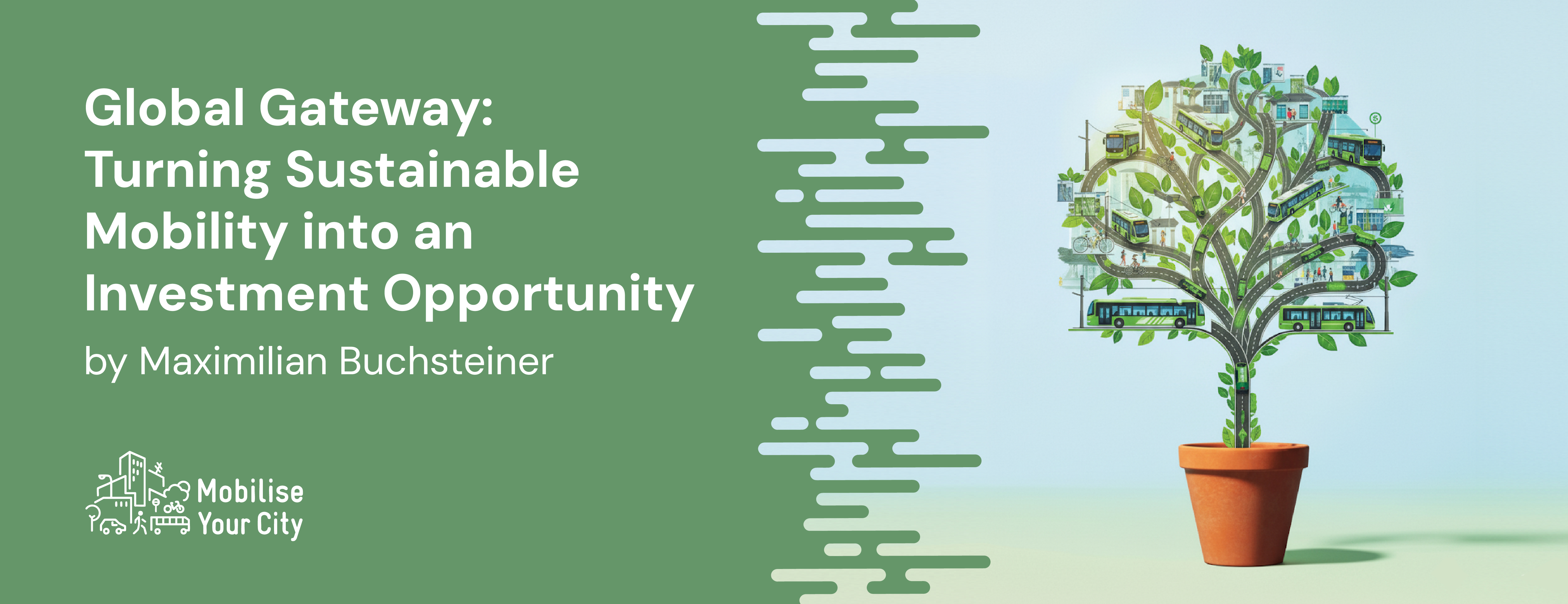Global Gateway: Turning Sustainable Mobility into an Investment Opportunity

Making Global Gateway work
Recently, a new contribution to the ongoing debate on the Global Gateway has been put forward by the German Chambers of Commerce and Industry (DIHK) on how to make it more effective and purpose-driven. With Global Gateway, the EU has set itself an ambitious goal: to mobilize as much as €300 billion for sustainable infrastructure by 2027, blending public funds with private investment to turn ideas into bankable, future-proof projects. DIHK argues that for the initiative to deliver on its promise, development finance and trade promotion must work hand in hand, access to funding and tenders should be easier for smaller companies, governance structures must provide more planning reliability, and crucially, project pipelines must become more transparent so that businesses and investors can identify opportunities early, and this need for transparency and well-prepared project pipelines is just as evident in the mobility sector.
As rightly emphasized in the paper, the need for transparent project pipelines and visibility over upcoming investments determines whether local and international partners can engage early. MobiliseYourCity’s experience shows that open, data-driven planning tools such as Sustainable Urban Mobility Plans (SUMPs) can exactly provide that transparency, linking city-level needs with national and European financing mechanisms.
Empowering Cities to Drive the Mobility Transition
Cities are at the forefront of the green and digital transitions and the transport sector accounts for a significant share of global CO₂ emissions and shapes economic productivity, social inclusion, and quality of life in cities. Investments in sustainable mobility have enormous potential, as illustrated by flagship reports and annual outlooks from, among others, the World Bank, the OECD’s International Transport Forum, the WHO, and the International Energy Agency. These publications demonstrate that well-planned spending on public transport, walking and cycling infrastructure, and electric-vehicle-ready systems can generate substantial economic, health, and climate benefits that frequently outweigh the initial costs, but are also inherently complex, involving long planning horizons, high up-front costs and a wide range of stakeholders.
To make mobility projects investable, cities and governments need reliable data, solid feasibility studies, tools, clear risk assessments and strong partnerships that guide projects from concept to bankability in its equation, giving public and private investors the confidence to engage. Through our work with nearly 100 cities worldwide, MobiliseYourCity has gained extensive experience showing how these elements can turn mobility plans into funded initiatives and concrete implementation. With such these building blocks in place, Global Gateway can become the lever it was designed to be, enabling not just infrastructure spending, but a genuine transformation toward sustainable and inclusive mobility worldwide.